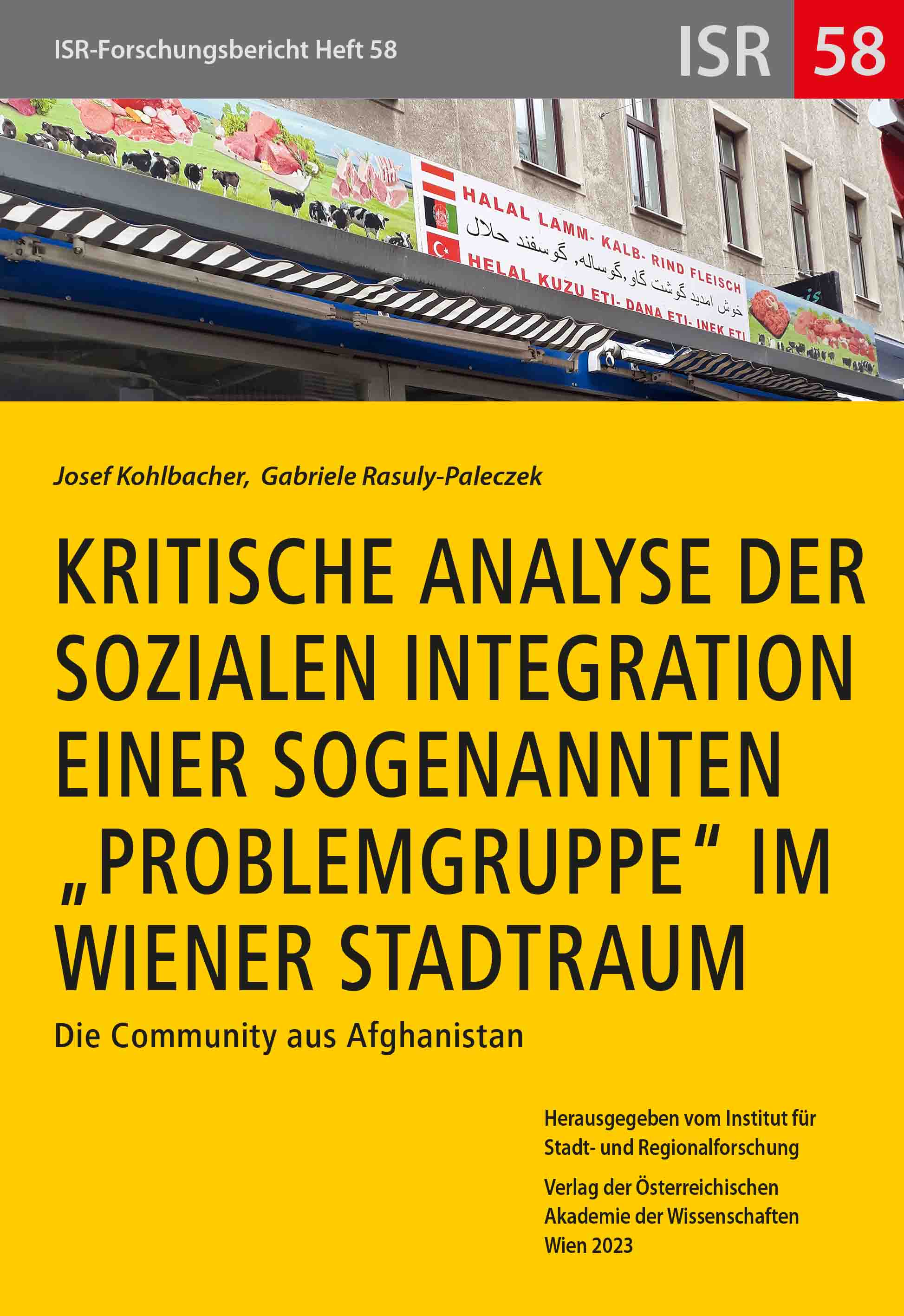

Der Forschungsbericht widmet sich einer Herkunftsgruppe, die oft pauschal als „Problemgruppe“ stigmatisiert wird. Der Fokus liegt auf der sozialen Integration der afghanischen Communities in Wien sowie der Nutzung (halb)öffentlicher Räume. Interaktionen in öffentlichen Räumen machen die Afghan:innen im Stadtraum sichtbar und können zu einem positiven sozialen Austausch beitragen, führen aber auch zu Konflikten. Neben der Nutzung urbaner Erholungsräume wurden daher medial präsente „Hotspots“ wie der Westbahnhof nicht ausgespart. Ein Kapitel widmet sich den vielfältigen Sozialkontakten afghanischer Frauen im Spannungsfeld zwischen Tradition und Integration in die Aufnahmegesellschaft. Da die Erhebungsphase des Projekts noch in die Zeit der COVID-19-Pandemie fiel, wurden deren Auswirkungen ebenfalls berücksichtigt. Den Autor:innen war es ein Anliegen, die sozioökonomische, bildungs- und wertebezogene Diversität der Afghan:innen und deren Konsequenzen zu analysieren und von einseitigen medialen Darstellungen abzurücken.
…
The research report is dedicated to a group of origin that is often stigmatised as a “problem group”. The focus is on the social integration of Afghan communities in Vienna and the use of (semi-)public spaces. Interactions in public spaces make the Afghans visible in the urban space and can contribute to a positive social exchange, but also lead to conflicts. In addition to the use of urban recreational spaces, media-present "hotspots" such as the Westbahnhof were therefore not left out. One chapter is dedicated to the diverse social contacts of Afghan women in the field of tension between tradition and integration into the host society. Since the survey phase of the project took place during the COVID 19 pandemic, its effects were also taken into account. The authors were concerned to analyse the socio-economic, educational and value-related diversity of the Afghans and its consequences and to move away from the one-sided media portrayal.
2023,
978-3-7001-9406-4
978-3-7001-9517-7
167 Seiten,
24x16,5cm, broschiert, deutsch